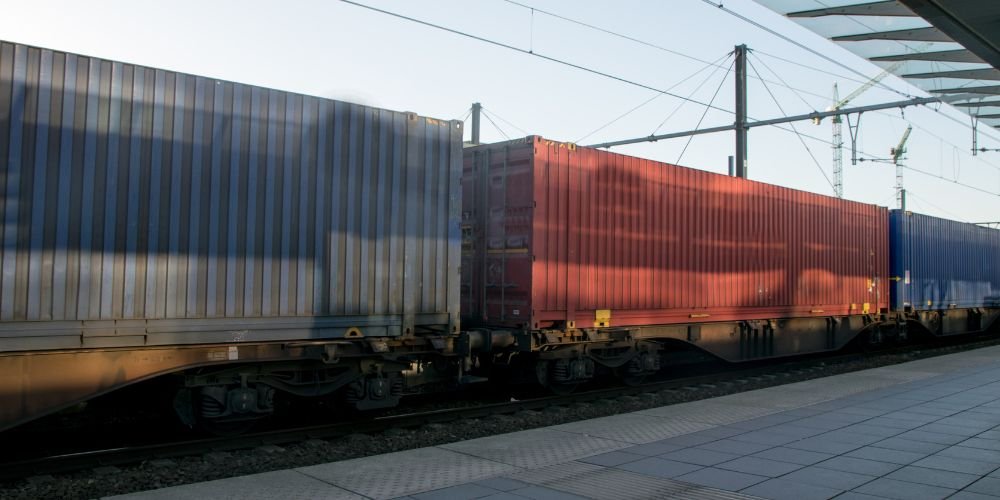In the vast global trade and logistics network, rail freight transportation stands as a stalwart pillar, silently and efficiently moving goods across vast distances. As nations strive for sustainable and effective cargo transportation, rail freight has proven to be a vital component, offering economic advantages, environmental benefits, and reliability that contribute to the smooth flow of goods in the supply chain.
Observation of Rail Freight Transportation
One key advantage of rail freight transportation is its efficiency in moving large volumes of goods over long distances. With their extensive reach and well-established infrastructure, rail networks connect major industrial hubs, ports, and distribution centers, facilitating seamless transportation. The ability to transport goods in bulk quantities makes rail an ideal choice for industries such as manufacturing, mining, and agriculture, where the movement of heavy or voluminous cargo is a primary consideration.
The economic benefits of rail freight transportation are evident in its cost-effectiveness, particularly for long-haul journeys. Trains can carry a substantial amount of cargo at once, resulting in a lower overall cost per ton-mile compared to other modes of transportation. This cost efficiency is a crucial factor in the competitiveness of industries that rely on the timely and economical movement of raw materials and finished products.
Environmental sustainability is a key focus in the contemporary landscape, and rail freight transportation aligns well with this goal. Trains are inherently more fuel-efficient and produce lower emissions per ton-mile than traditional truck transportation. The ability to move goods in a single, consolidated train further reduces the carbon footprint associated with each shipment, making rail an environmentally responsible choice for freight movement.
Reliability is a hallmark of rail freight transportation. Rail networks operate on fixed schedules, providing predictability crucial for supply chain planning. Rail transport is less susceptible to weather-related disruptions, road congestion, and other logistical challenges that can impact the punctuality of other modes of transportation. This reliability ensures that goods reach their destinations on time, thereby contributing to the overall efficiency of the logistics chain.
Technological advancements have further enhanced the efficiency and safety of rail freight transportation. Implementing automation, telemetry, and tracking systems enables real-time monitoring of cargo, ensuring security and facilitating precise coordination of transportation activities. Additionally, innovations such as double-stack container trains and high-speed rail freight services optimize the use of rail infrastructure, reducing transit times.
While rail freight transportation offers numerous advantages, challenges such as infrastructure maintenance, capacity constraints, and last-mile connectivity must be addressed to unlock its full potential. Investments in modernizing rail infrastructure, improving intermodal connectivity, and enhancing operational efficiency are crucial for the continued growth and relevance of rail freight transportation in the evolving global logistics landscape.
Rail Freight Transportation Market
The approximate decision of the Techgolly market research team is that the global Rail Freight Transportation market size was valued at least USD 250 billion in 2023 and is projected to reach up to USD 351 billion by 2030. The growth is expected to continue at a compound annual growth rate (CAGR) of 3% to 5% from 2023 to 2030.
Conclusion
Rail freight transportation remains a steadfast and essential component of the global supply chain. Its efficiency, cost-effectiveness, environmental sustainability, and reliability position rail as a cornerstone in transporting goods across vast distances. As the world continues to seek sustainable and resilient solutions for cargo transportation, the role of rail freight will likely grow, contributing to a more efficient, interconnected, and environmentally conscious logistics ecosystem.





